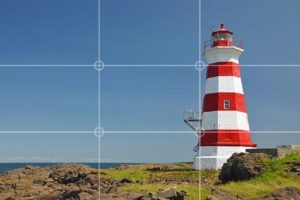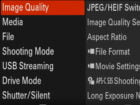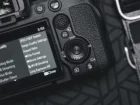Taking Better Photos

There is no magic to taking better photos. With some knowledge and practice, you can improve the quality of your photos regardless of the type of DSLR equipment you use.
There are 3 key elements to focus on to improve the quality of your photos.
Exposure
Exposure is what determines how light or dark your photo will be when you press the shutter button on your DSLR. The camera determines exposure based on 3 settings; Aperture (F stop), Shutter speed, and ISO. This is also called the Exposure Triangle. 
A wide Aperture (or low F stop) will let in more light to the photo while a narrow Aperture (or high F stop) will let in less light to the photo.
Shutter speed determines how long the DSLR takes to record the photo. In general, fast Shutter speeds allow you to freeze motion more effectively and help to prevent blurring your photos.
ISO determines the amount of grain (or noise) on the photo the lower the ISO setting the less grain (or noise) that’s visible.

If you are taking photos in low lighting conditions typically you would use wide aperture (low F stop), low shutter speed, and high ISO. Conversely if you were taking photos in good lighting conditions you would typically use narrow aperture (high F stop), high Shutter speed, and the lowest possible ISO to preserve the image grain (noise).
Focus
Modern DSLR’s do a good job of managing Auto Focus (AF). Most DSLR’s come with variations of Auto Focus and popular ones are; One-Shot AF (Canon)/Single-Servo AF (Nikon), AI Servo AF (Canon)/Continuous-Servo AF (Nikon), and AI Focus AF (Canon) or Auto AF (Nikon).
If your subject is stationary it is best to use the One-Shot AF (Canon)/Single-Servo AF (Nikon) mode.
If your subject is moving it is best to use the AI Servo AF (Canon)/Continuous-Servo AF (Nikon) mode.
The AI Focus AF (Canon) or Auto AF (Nikon) is meant to let the DSLR decide whether a subject is stationary or moving and for it to choose the best Auto Focus mode. In practice, it is better for you to choose the Auto Focus modes yourself for more reliable results.
A final element is the Auto Focusing points (AF Points). By default, the DSLR will choose where to focus when you press the shutter button half way. This can sometimes give unexpected results and where possible, you should select the Auto Focus points yourself.
Composition
While composition is a matter of taste and need, a general rule in photography is the Rule of Thirds.
It basically says that you should divide up a photo you shoot into nine parts., Imagine a grid layered on top of your photo – and there being two equally spaced horizontal lines and two equally spaced vertical lines – this cuts up your photo into nine equal sections.
The rule says that important compositional elements in your photo should lie on one of these lines or their intersections making for a more interesting overall look.





